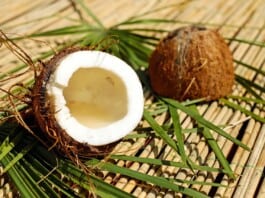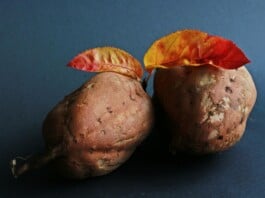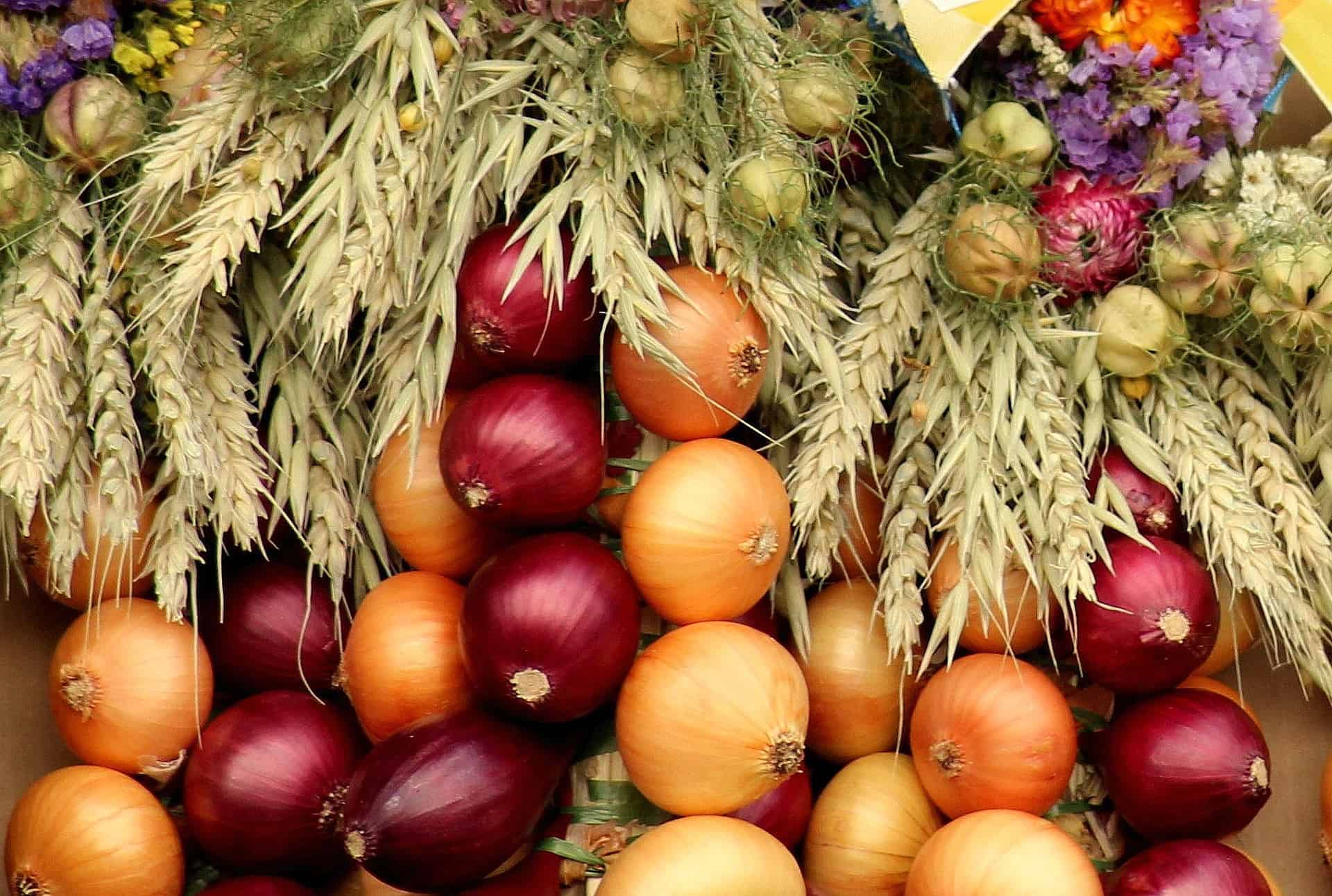
Red onion food, medicine
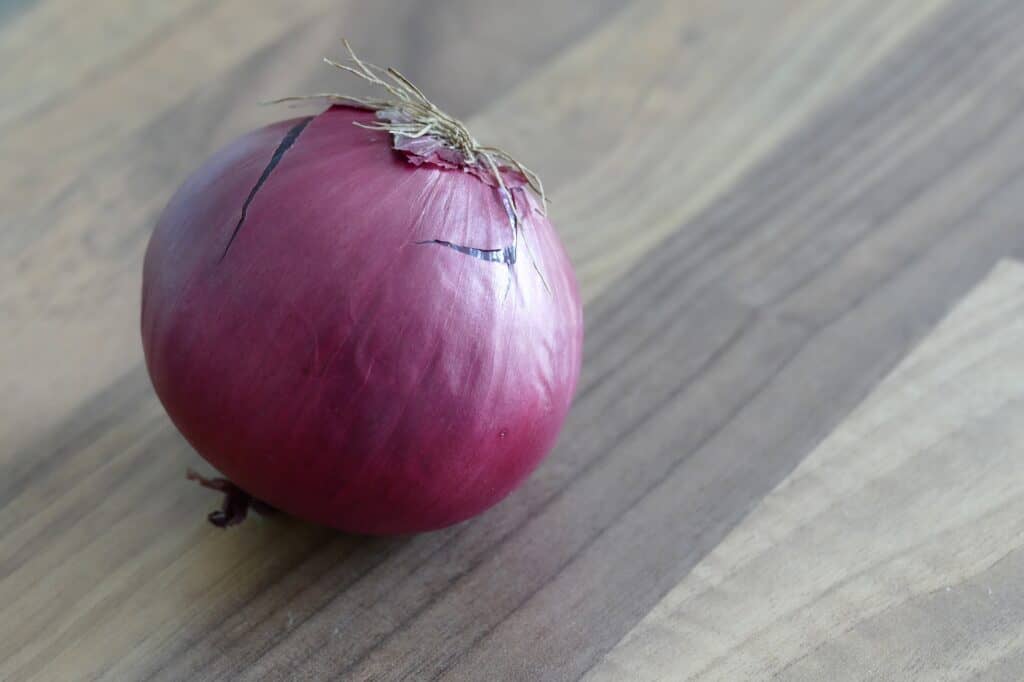
Red onion is rightly considered a natural food and antibiotic at the same time. Red onion is an energetic diuretic, diuresis being accompanied by a massive elimination of sodium chloride, thereby proving useful in all cases of chlorurosodic retention (edema, ascites, cirrhosis, pleurisy, pericarditis ).
Onions were grown 5000-6000 years ago, before our era, in the Nile valley and comes from wild forms native to central Asia and Asia Minor. Onions have had a special reputation since Antiquity and under medical report. Onions are considered the best natural cure, against ascites.
Red onions contain protides and carbon hydrates, as well as small amounts of sodium, potassium, calcium, phosphorus, iron. Red onions contain microelements such as: iodine, silicon, sulphur and fluoride and vitamins in small amounts such as: Vitamin C, B1, B2 and A. It also contains phosphoric and acetic acids, volatile oil, allyl and propyl bisulphate, enzymes and glucoquinone.
Red onion is a powerful natural antibiotic
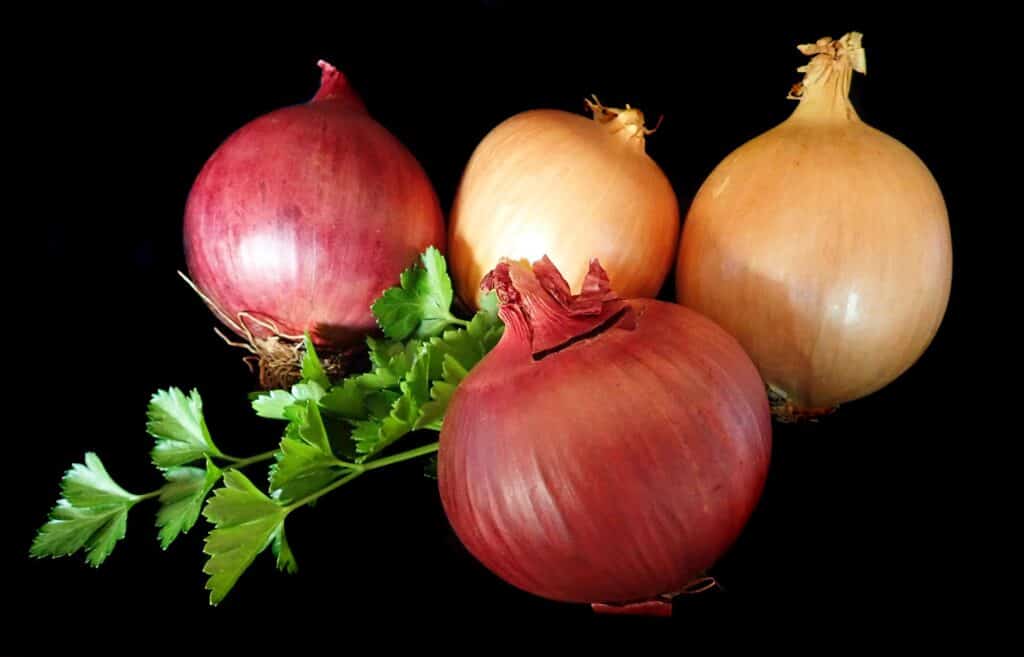
By chewing a certain amount of red onion for 3-8 minutes daily, the mucosa in the mouth will become completely sterile. Red onions accelerate the function of the thyroid gland and pancreas and regulate the secretion of hormones.
Red onions greatly help the respiratory organs, soothe cough, accelerate expectoration (secretion of the airways, eliminated by coughing ) and help in the treatment of diseases or conditions such as: hoarseness, flu, sore throat, pneumonia, bronchitis and asthma.
Red onions cleanse the intestines, preventing the development of harmful microorganisms in the intestinal flora, protect and soothe inflammation of the intestinal mucosa. Red onions stimulate appetite, accelerate and regulate digestion, preventing constipation and bloating. Red onion stimulates the kidneys by removing urea and uric acid, being extremely useful in the case of uric lithiasis, rheumatism, gout, nitrogenemia.
Due to the hypoglycaemic properties, red onion is also an adjunct in diabetes. Fairly recent research has shown that a diet rich in red onions fluidises the blood, reducing the risk of thrombosis and heart attack. This also explains the antiatherosclerotic effect of the plant.
It also cites its slightly hypnotic properties, as well as antiseptic ones, being an active remedy in stomatitis, aphthas, bucopharynx diseases, furunculosis, having effect in particular on staphylococcus. Use in furunculosis is explained by the maturative properties (hastening collection) and emollients (softening tissues).
Congestive wounds, ulcers, can also benefit from the effects of onions, as well as frostbite and ear pain. In folk medicine, red onion is used for the calming of dental neuralgia, and in cosmetics onion juice is recommended for fighting warts and freckles as well as for hair health.
How to administer onions

Red onion, is consumed as such, minimum 1-2 onions per day. Tincture, especially as diuretic and prostatitis, from a crushed onion macerated 10 days in the same amount of alcohol: filter and take 2 teaspoons per day before lunch and before bedtime. For prostatitis, cures of 10 days per month are recommended for 6 months per year.
Infusion with pectoral properties of 4-6 onions per 1 liter of water, sweetened with 10 g honey, strain and drink 1-2 cups per day, one of which in the morning.
Macerated in oil, from a large onion finely chopped and 4 tablespoons of oil, for 10 days, in biliary lithiasis take 2-3 teaspoons per day.
Decoct of 3 large onions per 1 liter of water. In rheumatism one cup is taken in the morning and in the evening at bedtime. Sweeping and revulsive cataplasms with a boiled onion, in furunculosis, wounds, frostbite. Tampons with onion juice for afte and ulcers.
Onions can be eaten raw, boiled, roasted, dried and baked. We usually add it to salads and various dishes for its special flavor. It is good to know that most vitamins are found in the first sheets of onions. To make the most of these vitamins, we can use the outer sheets of onions for the preparation of teas. Due to the special pigment, the outer onion sheets can be used as a natural dye.

